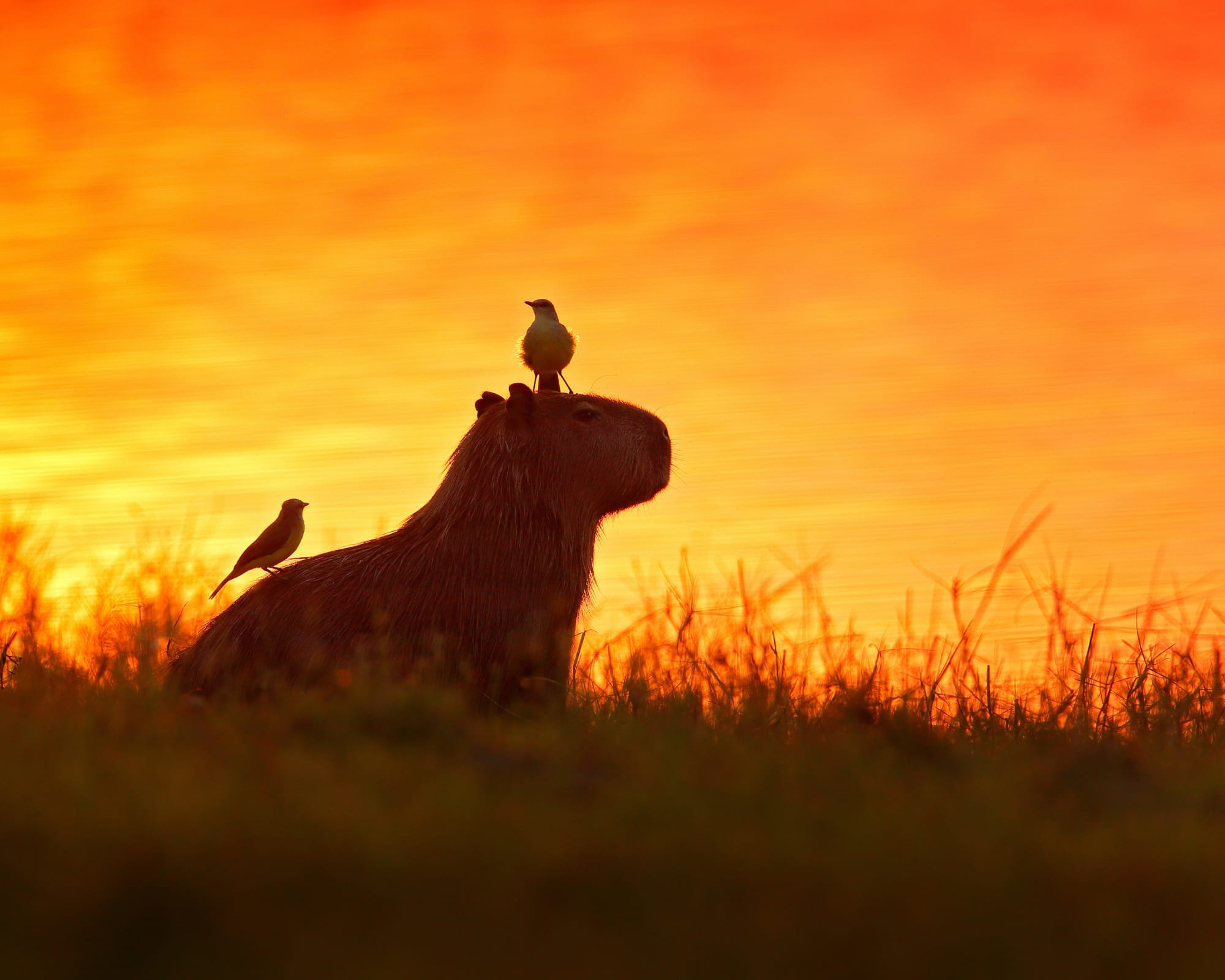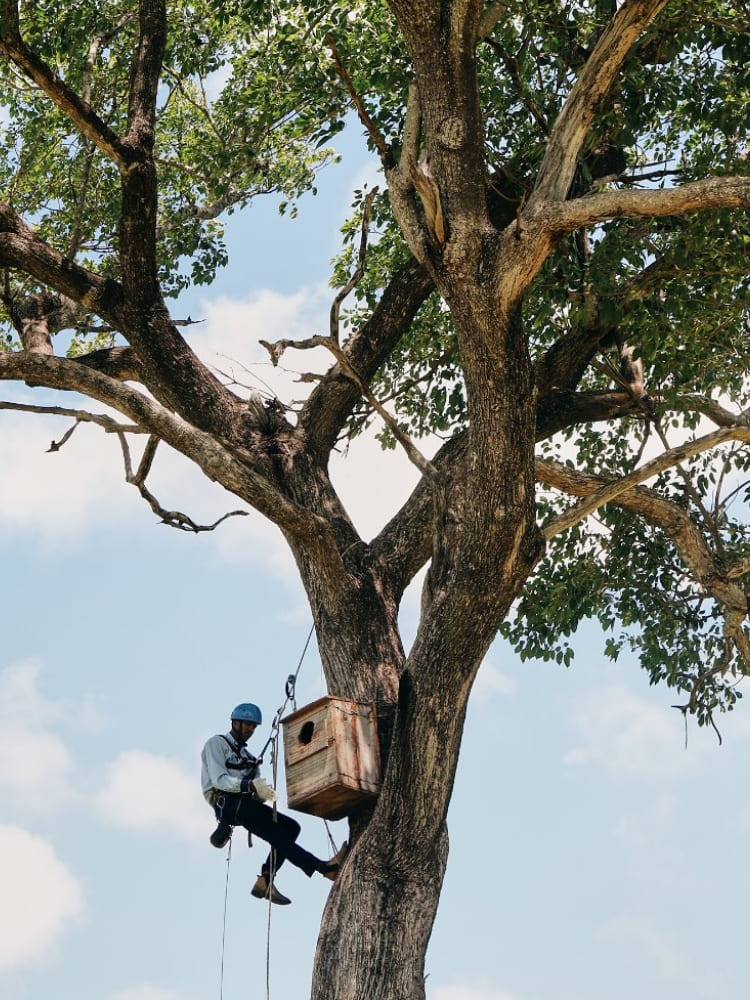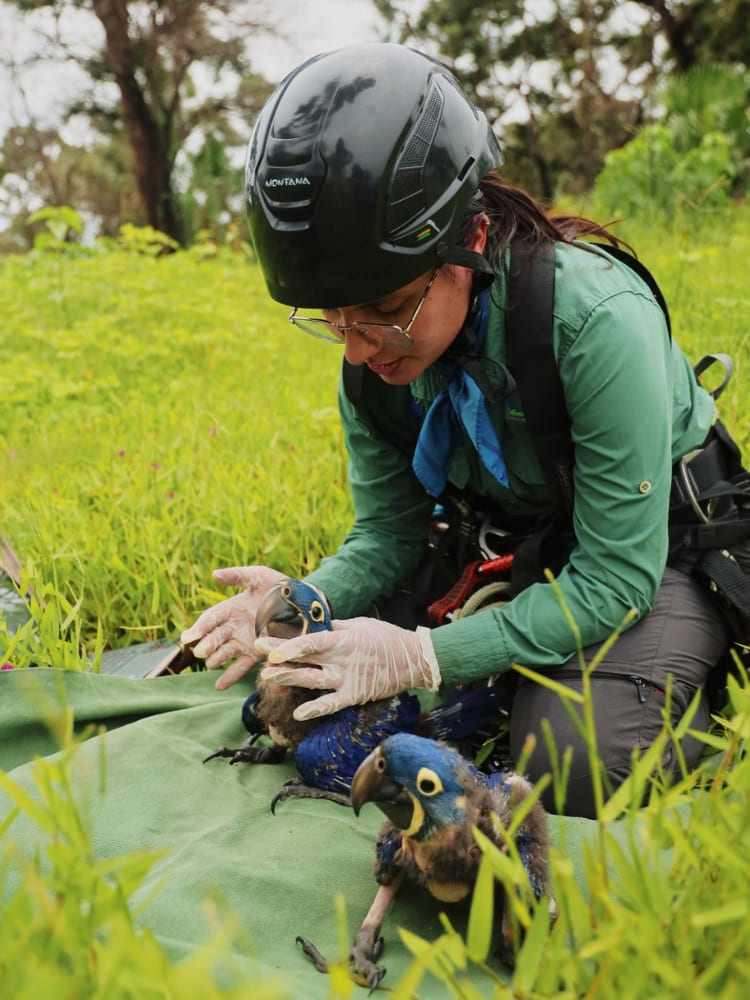Pantanal conservation projects are more than environmental efforts: they’re making a real difference on the ground
The Pantanal, a vast floodplain in Brazil covering around 150,000 square kilometers, is one of the planet’s richest ecosystems. Spanning across Mato Grosso and Mato Grosso do Sul, it experiences seasonal flooding that nurtures an extraordinary variety of life. With over 4,000 recorded species, it stands out as a vital sanctuary for South American wildlife.
Yet, despite its richness, the Pantanal faces increasing threats. Deforestation, agricultural expansion, uncontrolled fires, and the growing impacts of climate change put immense pressure on this fragile ecosystem.
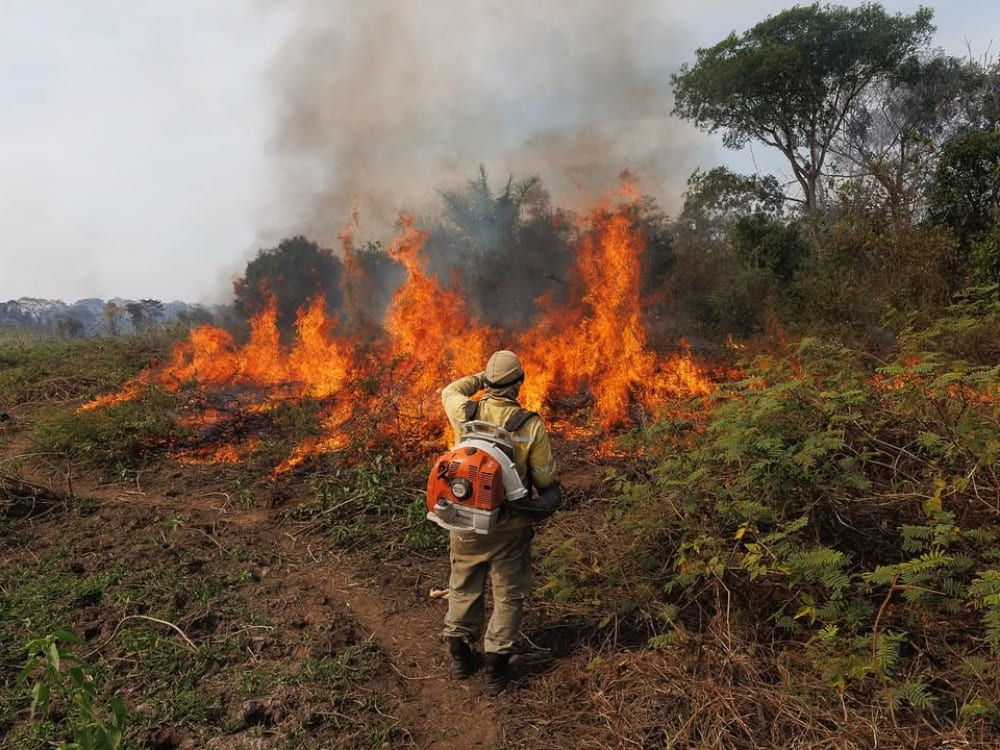
@diego_baravelli
Travelers exploring the biome through responsible and sustainable tours have a unique opportunity to support Pantanal conservation areas while discovering one of South America’s most breathtaking natural regions.
To highlight the work being done to protect it, we at PlanetaEXO selected five Pantanal conservation projects that stand out for their impact and commitment. These initiatives are saving the Pantanal ecosystem by preserving natural habitats, promoting sustainable land use, and ensuring that this incredible biodiversity continues to inspire future generations.
In this article, we’ll introduce you to these inspiring efforts and show how you can also be part of this movement.
1. Onçafari Project
With actions that combine conservation and positive social impact, this project is one of the references for Pantanal wildlife conservation. Its mission is to protect Brazil’s biodiversity by conserving natural areas and supporting the socio-economic development of local communities.
In the Pantanal, the project focuses particularly on raising awareness about the importance of jaguars and promoting ecotourism as a sustainable income-generating alternative.
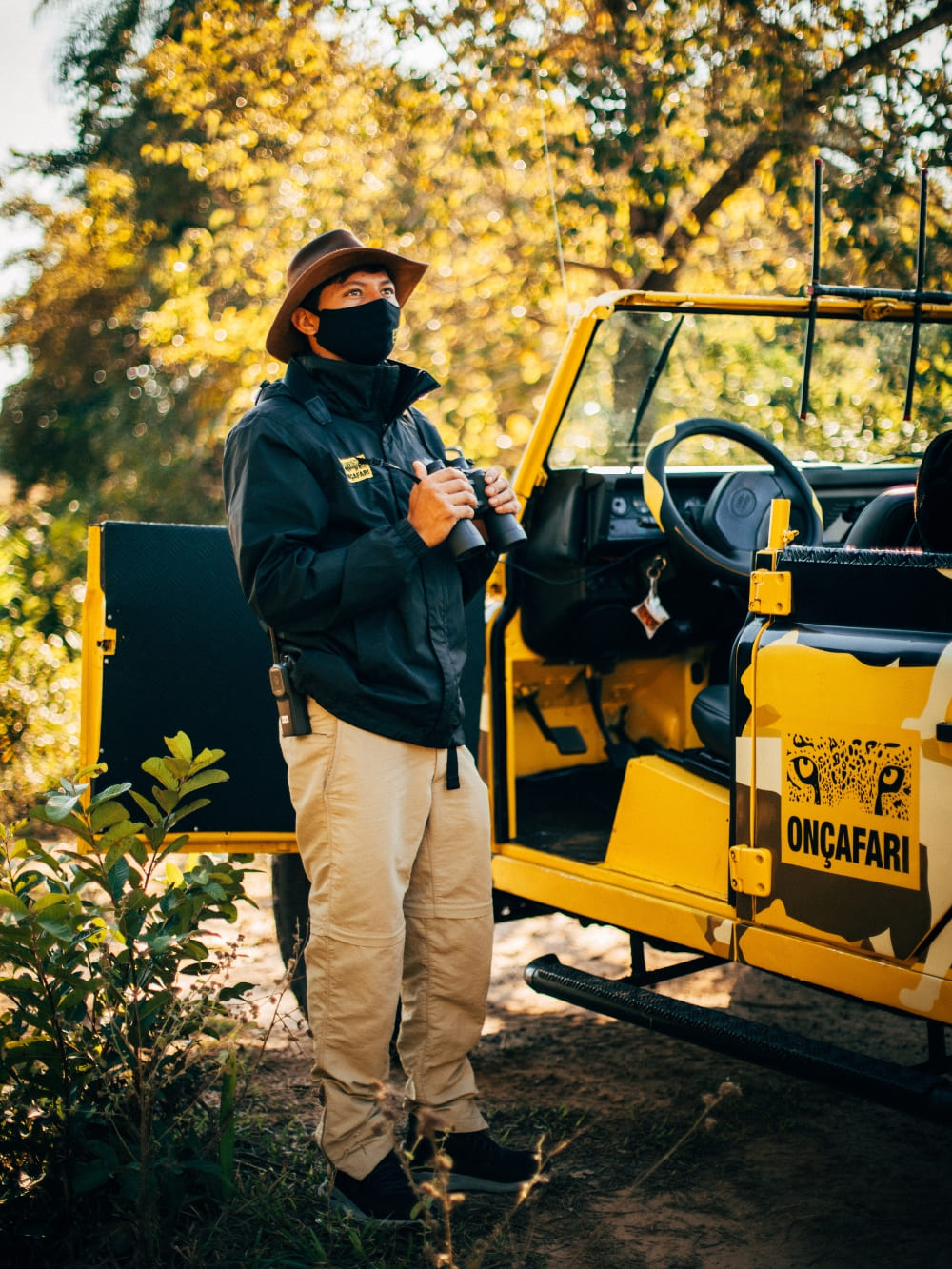
Caiman Onçafari FC
Onçafari Project has been operating since 2011 at the Caiman farm in Miranda (MS), integrating scientific research, animal reintroduction, environmental education, social inclusion, fire prevention, and forest management.
Through its habituation program, jaguars gradually become accustomed to safari vehicles, allowing visitors to observe them in their natural environment without interference. This reinforces the value of conservation and boosts the local economy.
The project is internationally known for its successful reintroduction programs, such as the cases of Fera and Isa, two jaguars that were rescued, rehabilitated, and returned to the wild.
- @fagneralmeida_01
- @mario.nelson.50
How you can help:
Support Onçafari by visiting Caiman farm through responsible ecotourism, following their conservation activities, or donating directly to their programs. Every contribution helps protect jaguars and their habitat.
2. SOS Pantanal
Operating since 2009, this project plays a key role in Pantanal biodiversity protection while promoting sustainable land use practices. Its mission is clear: to preserve the ecological and cultural richness of the region, ensuring a balanced future for both nature and local communities.
The SOS Pantanal activities are built around three pillars: governance and water security, environmental protection and restoration, and forest fire prevention and control.
By engaging with landowners, researchers, authorities, and local organizations, SOS Pantanal strengthens public policies, encourages sustainable production, and restores degraded areas.
Environmental education and social engagement are also key aspects of their work, making conservation a shared responsibility across the region.
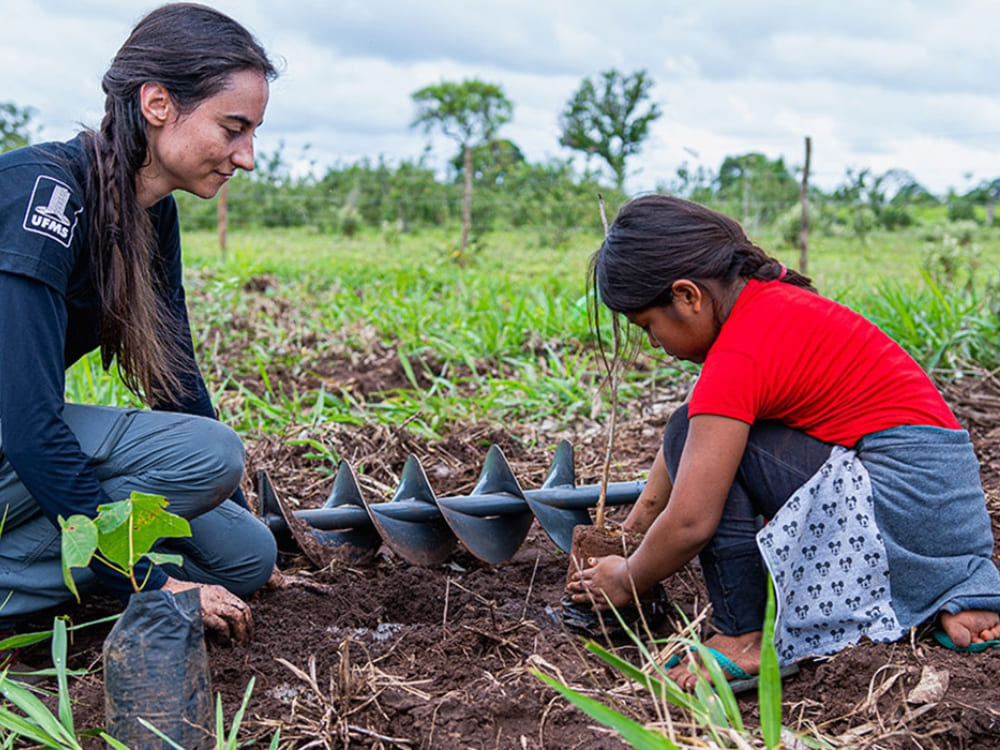
SOS Pantanal Project
How you can help
Support SOS Pantanal by raising awareness about sustainable practices, promoting products from local producers, or donating to fire prevention and restoration initiatives.
3. Jaguar Identification Project
Renowned for being one of the best places to see jaguars in the wild, the Pantanal is home to an estimated 2,000 to 2,500 individuals, making it one of the highest densities globally.
The Jaguar Identification Project was created to protect this vital population using non-invasive techniques like spot pattern recognition and camera traps.
The project builds a detailed database of identified individuals, helping researchers understand the cats’ behavior, territoriality, and conservation needs.
Beyond research, the project promotes environmental education for residents and visitors, highlighting the role of the jaguar as a symbol of a healthy Pantanal and strengthening support for its conservation.

Photo: Jaguar Identification Project
How you can help
When visiting the Pantanal conservation areas, choose companies that support scientific research projects like this one. You can also contribute by donating and shopping, or sharing educational materials to raise awareness.
4. Blue Macaw Project
The Blue Macaw Project is a powerful example of how science and community engagement can bring a species back from the brink of extinction.
Focused on the Hyacinth Macaw (Anodorhynchus Hyacinthinus), the project was founded in 1990 by biologist Neiva Guedes. Its main activities include monitoring natural and artificial nests, tracking reproduction, and collecting data on other bird species. These species include scarlet macaws, toucans, hawks, owls, and others that share the same Pantanal habitats.
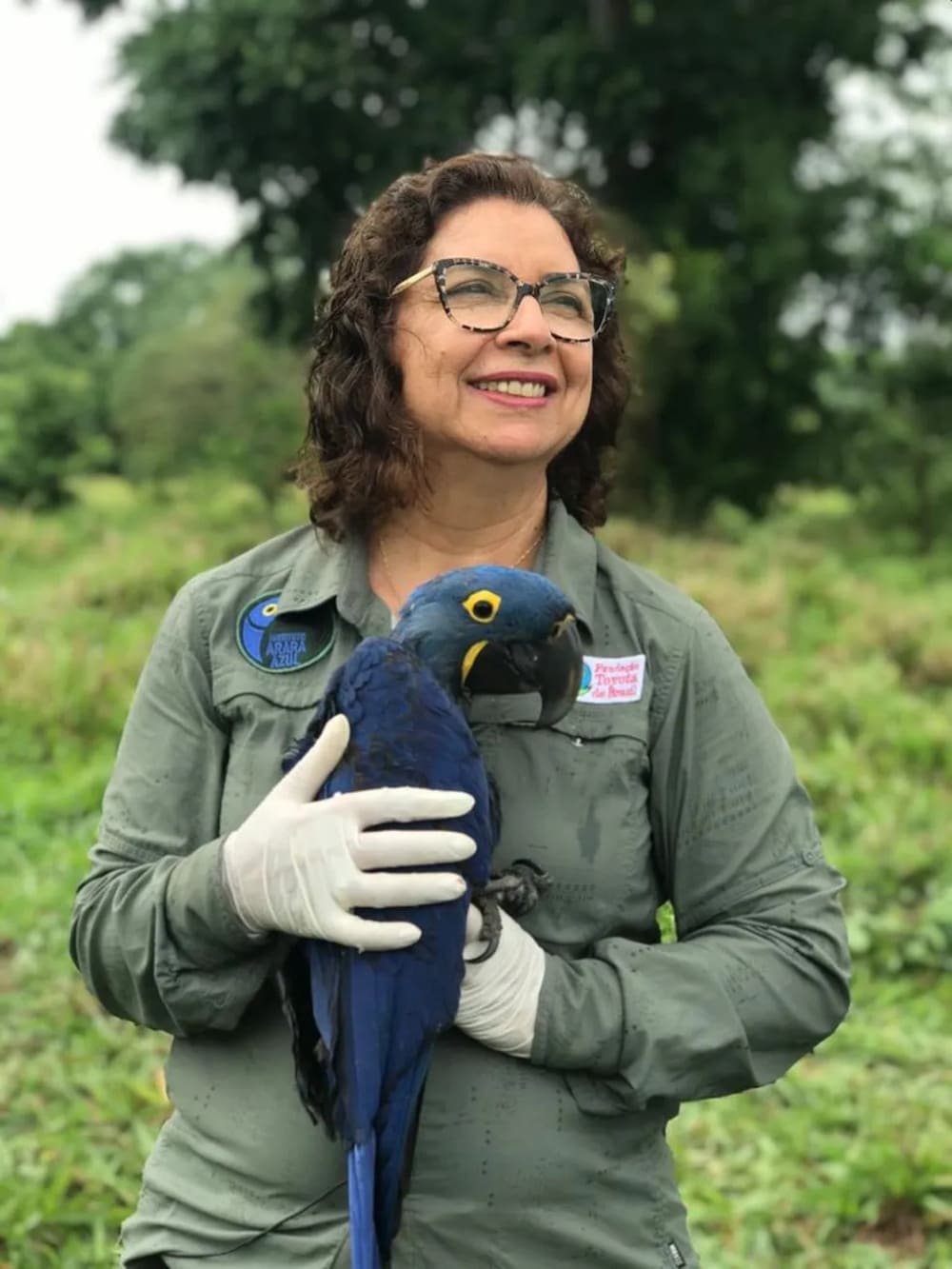
Photo: Blue Macaw Project
Thanks to the dedicated wildlife preservation in the Pantanal, the Hyacinth Macaw population has grown significantly, improving its conservation status on the IUCN Red List from “endangered” to “vulnerable” in 2014.
Environmental education is also a cornerstone of the Blue Macaw Project. It helps to raise awareness about the importance of Pantanal biodiversity protection.
- Photos by @thiagolbrito
- Blue Macaw Project
How you can help:
Promote the conservation of the hyacinth macaw by supporting the Blue Macaw Project. Avoid the illegal pet trade, and help to spread awareness about the protection of native species. You can also contribute by donating to help fund ongoing conservation efforts.
5. Giant Otter Project
The Giant Otter (Pteronura brasiliensis) is the largest mustelid in South America. This species lives in cohesive family groups throughout the rivers and lakes of the Pantanal, Cerrado, and Amazon.
 Despite its critical role in aquatic ecosystems, the species is classified as critically endangered. The main threats are habitat degradation, human conflict, and illegal hunting.
Despite its critical role in aquatic ecosystems, the species is classified as critically endangered. The main threats are habitat degradation, human conflict, and illegal hunting.
Since 2019, this Pantanal conservation project has been dedicated to conserving the species and its habitats through population monitoring, scientific research, environmental education, and the promotion of sustainable tourism.
In 2024, the Giant Otter Project monitored 190 km of Pantanal rivers, identifying 82 otters in 13 family groups.
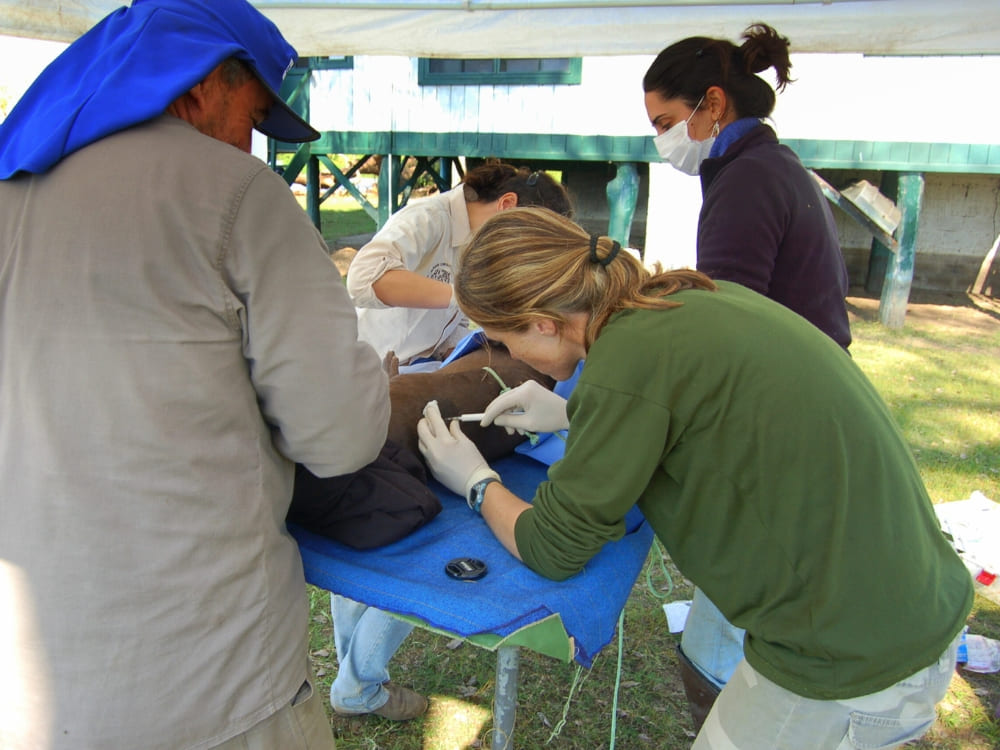
Photos by: The Giant Otters Project
How you can help:
Choose responsible tourism companies, join educational activities on aquatic conservation, or support organizations protecting rivers and wildlife in the Pantanal. Every contribution makes a difference. Consider donating to help this project.
Why supporting conservation projects matters
Conservation projects in the Pantanal are essential for protecting one of the world’s most unique ecosystems, but their impact goes beyond the environment.
These initiatives help sustain local communities through ecotourism, education, and scientific research. By involving local people in conservation work, they create opportunities for economic stability while reinforcing the importance of preserving natural resources.
Responsible travel plays a part in this. When you choose to visit the Pantanal with a focus on sustainability, you support efforts that keep the region’s ecosystems healthy and its communities engaged.
At PlanetaEXO, we collaborate with trusted local partners to offer experiences that are both respectful and enriching for travelers and the Pantanal alike.

